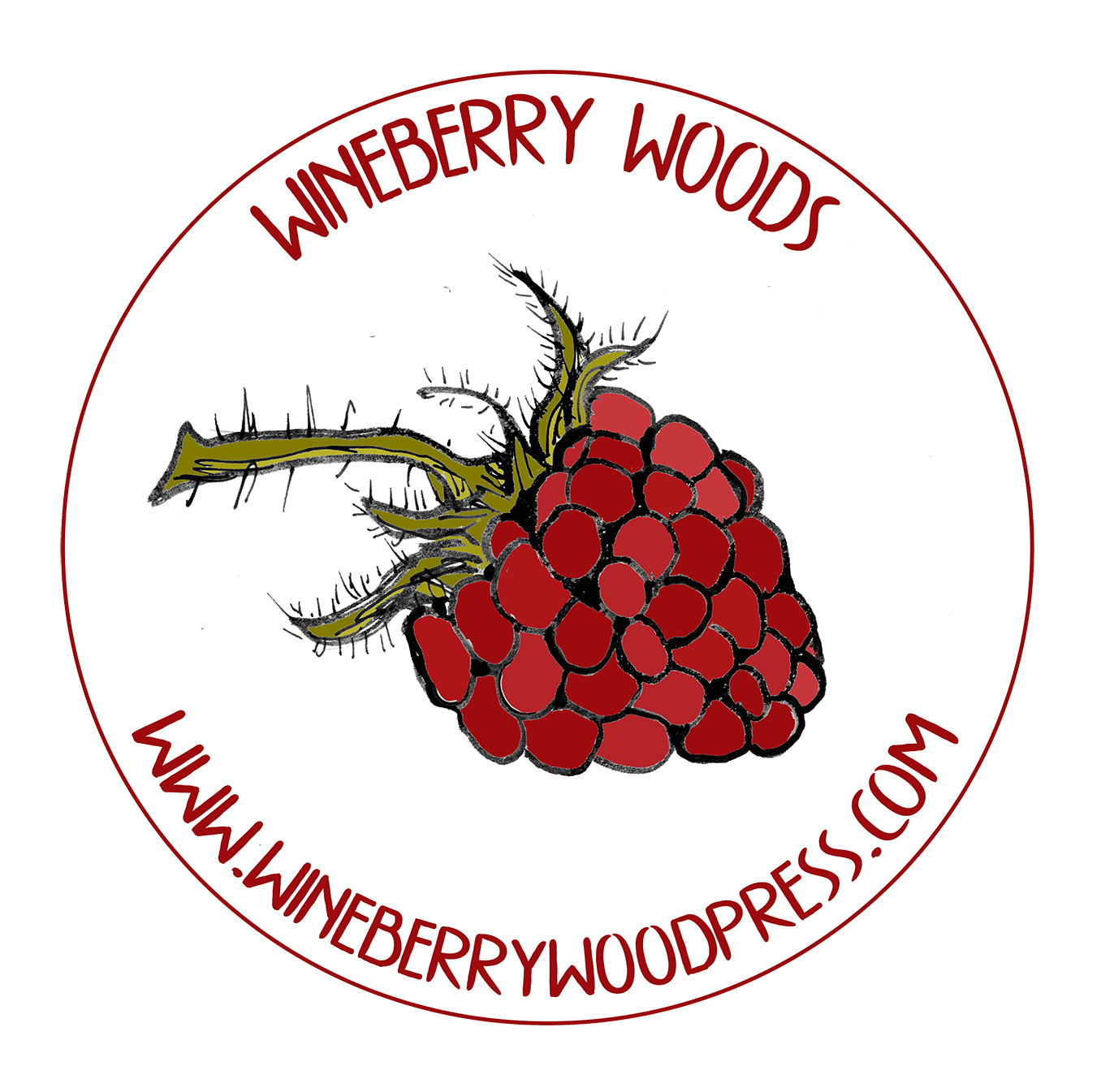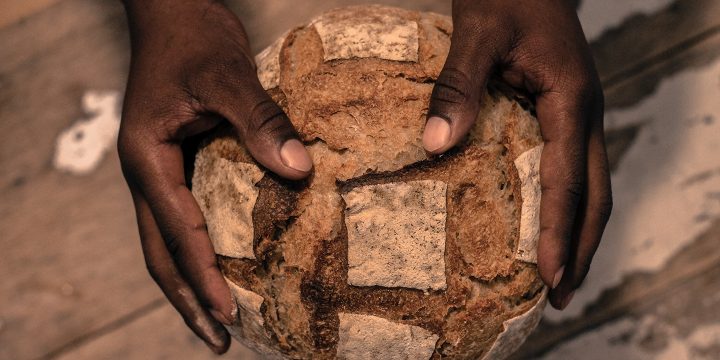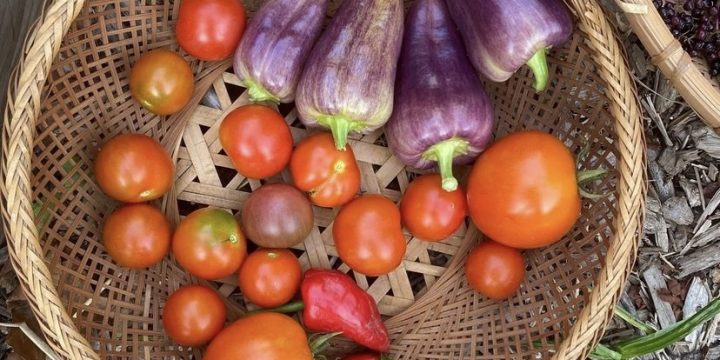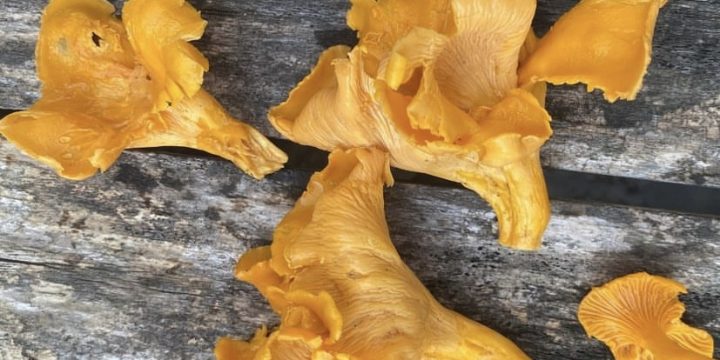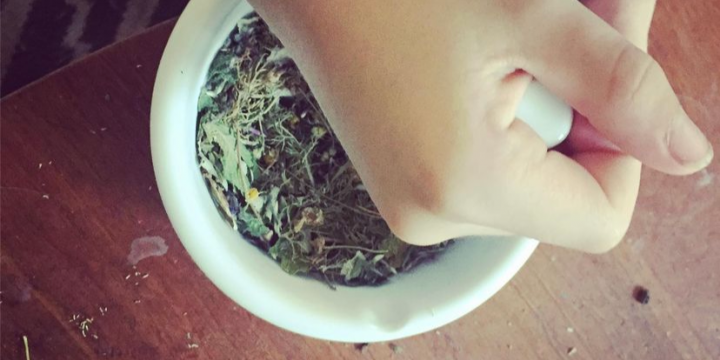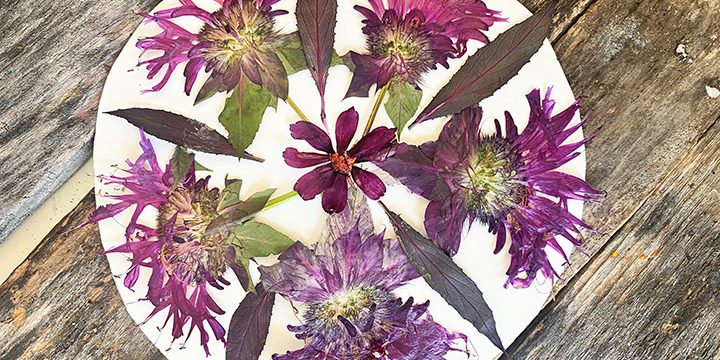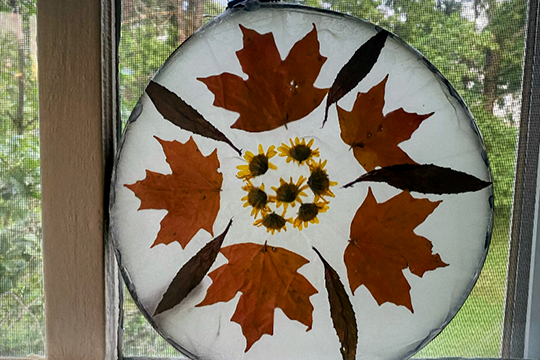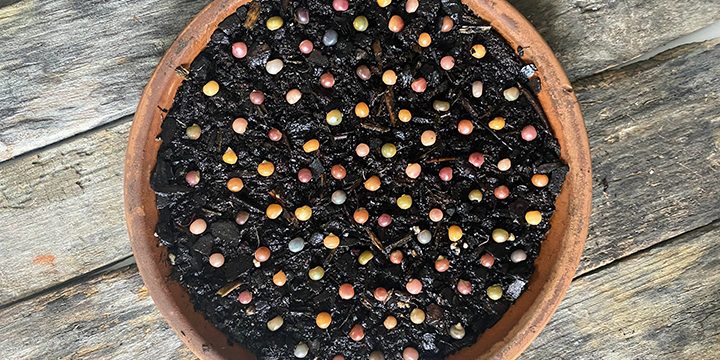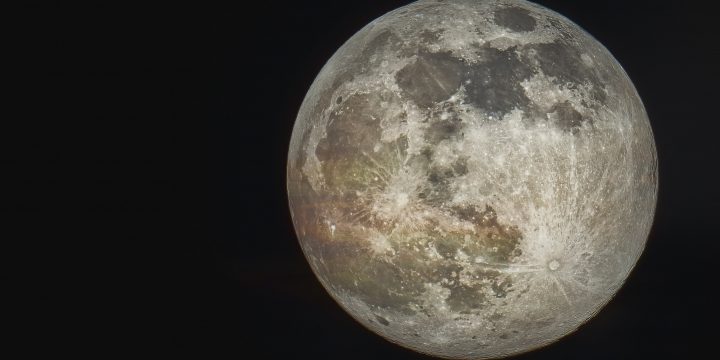
Full Moon Names & Phenology
If you were to look up names for the thirteen full moons in a year, you would almost certainly discover a fairly standardized list. The source of this list is almost always the Farmers’ Almanac, which popularized its “full moon names” in the 1930s. In turn, the most likely original source for the Almanac’s list is an earlier list entitled “Indian Month Names,” which was published in 1918 by Daniel Carter Beard in his The American Boys’ Book of Signs, Signals, and Symbols, for use by the Boy Scouts of America. Nearly every list of full moon names you find will have a vague description of the origin of the names as “American Indian,” with little or no explanation. (To their credit, the Farmers’ Almanac has recently updated their descriptions…
